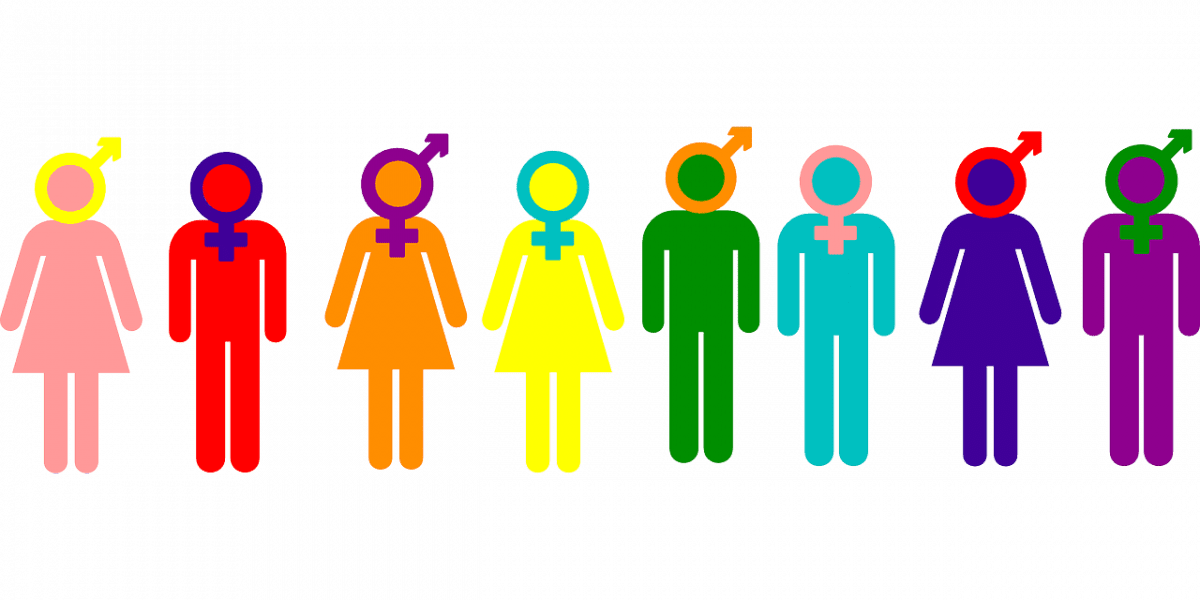Are you a teenage girl and you think that a new girl at your school is very cute, and you can’t stop thinking about her since the day she arrived? Or are you a teenage boy that gets butterflies in your stomach whenever that boy is in the same room as you? Have you recently realised that, even though you have a boyfriend, there is this girl from your class that gives you goosebumps whenever your eyes meet?
No need to worry! You are just on your way of forming your sexual identity!
Sexual orientation envelopes everyone from a really young age. People usually shape their sexual identity between middle school and early puberty (APA, 2008). It is around this time that young people are interested in engaging in romantic and sexual relationships with others. A proportion of adolescents realise they have attractions, some which realise it is for the same sex.
For sure, the process of being aware of your sexual feelings can be very confusing and overwhelming, especially in a heterosexual-oriented society! Sometimes people try to reject any homosexual ideas they may have, in fear of discrimination and prejudice which makes it hard for some to “come out” and accept their sexuality.
However, it is very important for people to be at peace with their sexuality, to transparently identify their sexual orientation. Acknowledging one’s sexual identity brings closure to the confusion and internal controversy. It helps people be more authentic and build more essential relationships. At the end of the day, hiding your true self can be tiring and stressful.
Signorile (1996) states that “coming out” can be a healing process. However, he suggests that outing oneself should first of all start from self-identifying. The very first person that deserves the truth is yourself:
“You cannot tell others that you are a lesbian or gay until you have told yourself.”
Never mind how much it hurts and how hard it can be, putting it into words – expressing it – is the very first step to self-identification.
Go in front of your mirror. Take a careful look at yourself. Take a big breath. And say it. Out loud. “I am gay”, “I am a lesbian”, “I am bisexual”.
Of course, you are not alone in this process! Everyone deserves a support system and even if you think that there is no one that can truly understand what you are going through, you can always turn to your school counselor/any other counselor for help and reassurance. There are also local LGBTQ+ support groups, for example Rainbow Support Service and National Gay Helpline, that can offer guidance and maybe give some answers to any questions you have. This way you can get some help on how to build a “coming out” plan to your family and friends and, of course, be more self-confident with your sexuality.
References:
American Psychological Association (2008). Answers to your questions: For a better understanding of sexual orientation and homosexuality. Washington, DC: Author. Retrieved from www.apa.org/topics/lgbt/orientation.pdf.
Human Rights Campaign (2014). Resource Guide to Coming Out. Human Rights Campaign. Retrieved from www.hrc.org/resources/resource-guide-to-coming-out.
Signorile, M. (1996). Outing yourself: How to come out as lesbian or gay to your family, friends and coworkers. Simon and Schuster.
Eleni Megagianni is a senior psychology student from Greece. She is currently an intern at Willingness Hub. Her basic interests lay in Clinical Psychology and Psychotherapy.

